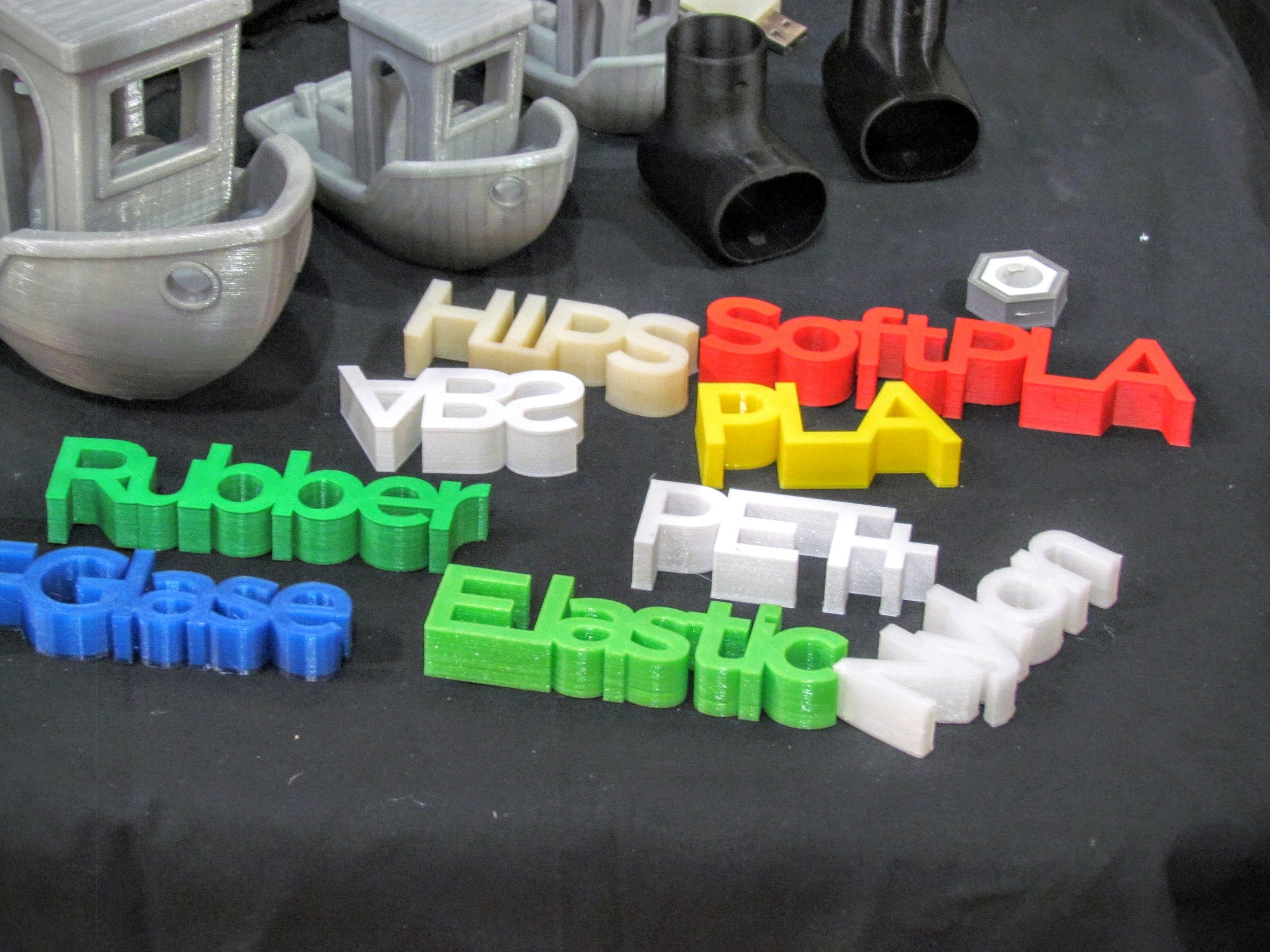
You have a desktop 3D printer capable of 3D printing many different materials. What should your filament supply look like?
If you happen to operate a desktop 3D printer with a heated print surface, you might be able to print a number of different materials. Every operator has a shelf of new and partially used spools of 3D printer filament, but what should this shelf look like?
Of course there are dependencies. Some machines require specific material in proprietary cartridges. If that’s the case, then you can choose your supply composition only from the manufacturer’s offering. But if your equipment uses “open filament”, then there’s a wealth of choice in materials, and it’s increasing every day.
Here’s a list of questions that could help you determine what to put on your filament shelf:
Color: Do you require differently colored prints? Do you require a specific color of print? I am often requested to print items – but only in very specific colors. Be sure to have the right set available for use. A good plan would be to have at least one spool handy in a frequently used color; if you are requested to print with it, you can be printing while a replenishment order is on the way.
Quick prints: PLA is a terrific material for quick, reliable prints. Be sure to have some high-quality PLA available.
Strong prints: Do you produce very strong objects? If so, you should have a material capable of providing such strength. ABS might be the default, but there are an increasing number of alternatives, including carbon fiber filament or nylon.
Reliable printing: Want no-failure 3D printing? Find a material that adheres perfectly to your specific equipment and is able to print in reasonable quality. There are specially-designed advanced plastic compositions that don’t warp and offer excellent adhesion to a variety of surfaces.
Flexible Objects: Some 3D printers are capable of printing with flexible filament, and if yours happens to be one of those, then you might consider having flexible filament handy for the rare occasions flexible objects are required. Note that there is quite a bit of variability in flexible filaments; some are extremely flexible, while others are “slightly bendable”. Choose appropriately.
Metal Objects: If your desktop 3D printer is equipped with a non-brass hot end, consider having a metal filament or three on your filament shelf. With these materials you can 3D print metal-like objects – but they’re mostly for decorative purposes, as the mix of plastic and metal often makes these prints unsuitable for industrial applications. Note that metal filament is quite a bit more expensive than mere plastic, as it is sold by weight – and it’s far denser than plastic.
Wood Objects: Do you build wooden objects? If so, then a wood-style filament could be useful to have on hand. You can 3D print complex wood-like objects and combine them with actual wood parts. Or you can print an object and use it as if it was made from wood. However, be warned that some wood filaments contain actual wood chunks. Chunks that can clog up your hot end rather quickly.
The point of this checklist is really to cause you to ponder the purpose of your 3D printing to develop a proper list of what you actually need for your specific situation. Everyone’s different, not only because we have different equipment, but because our applications also differ.

